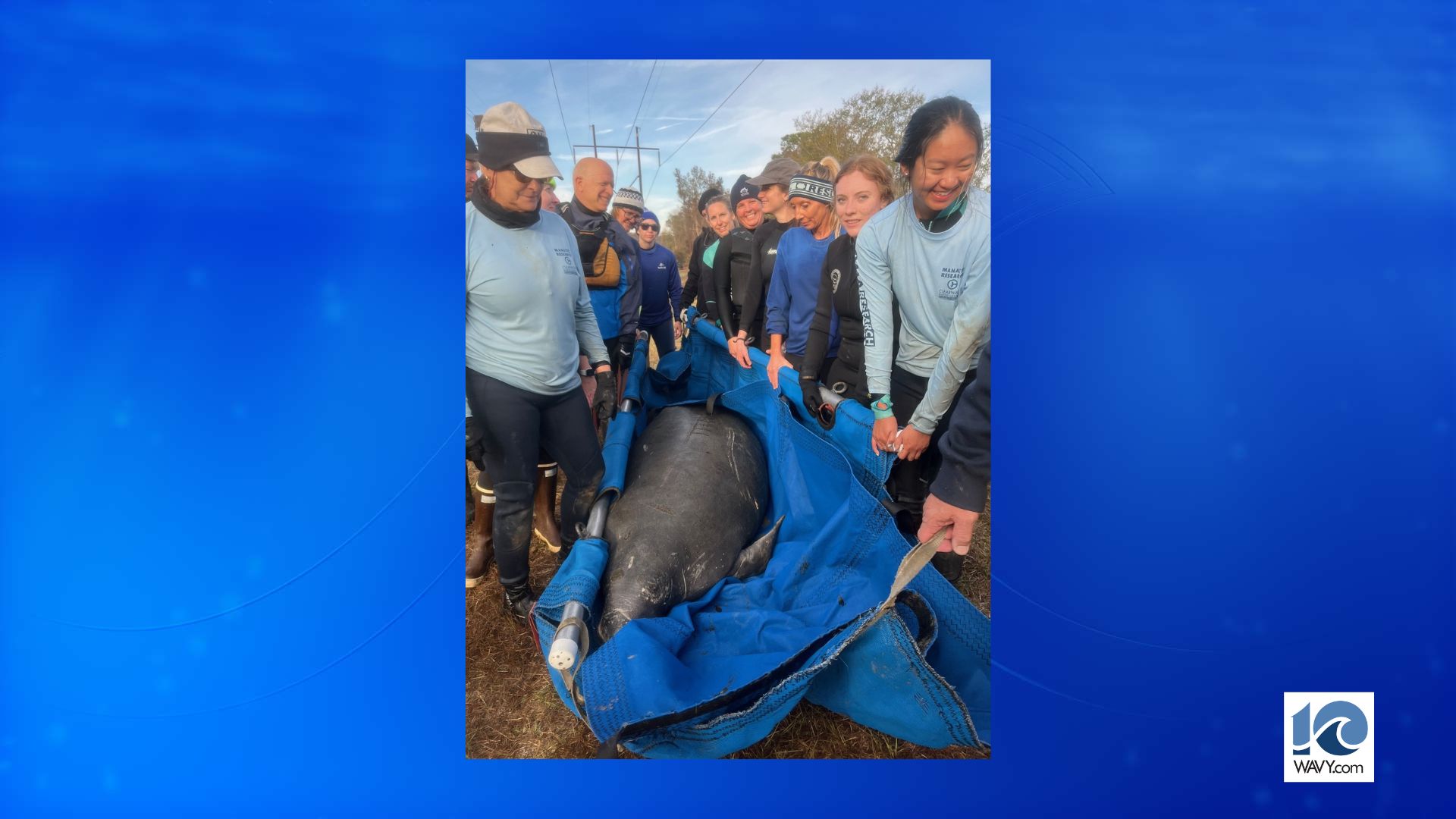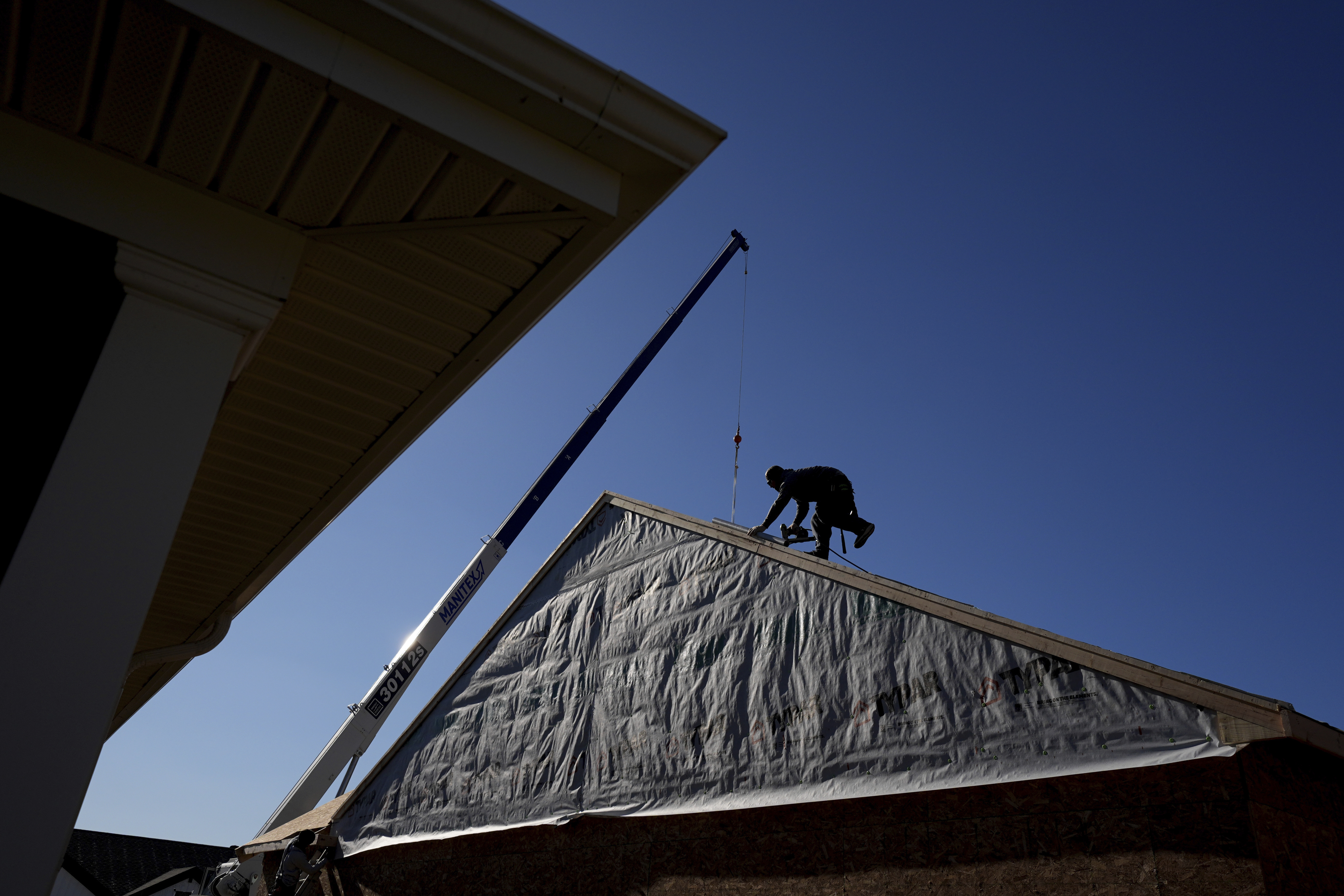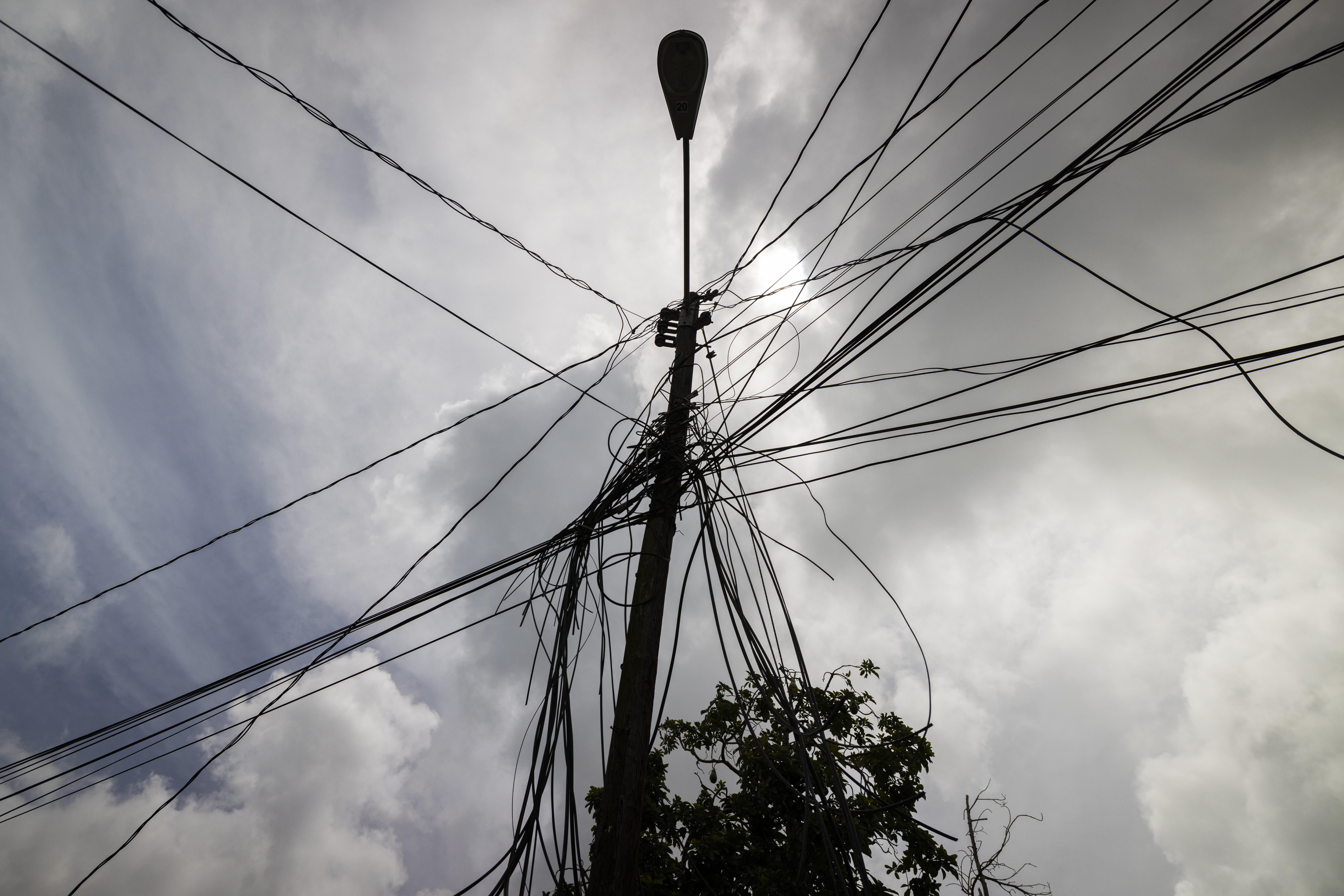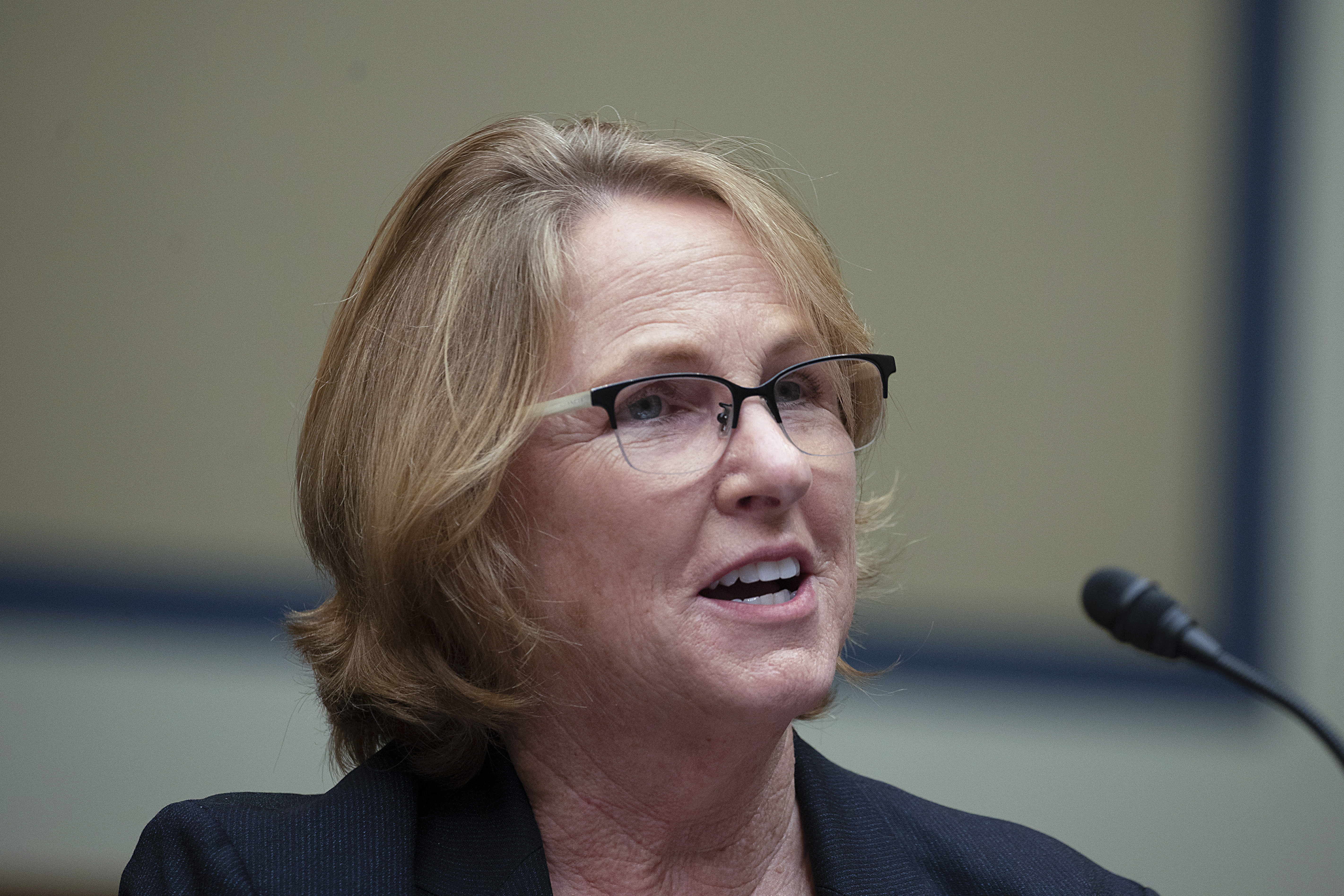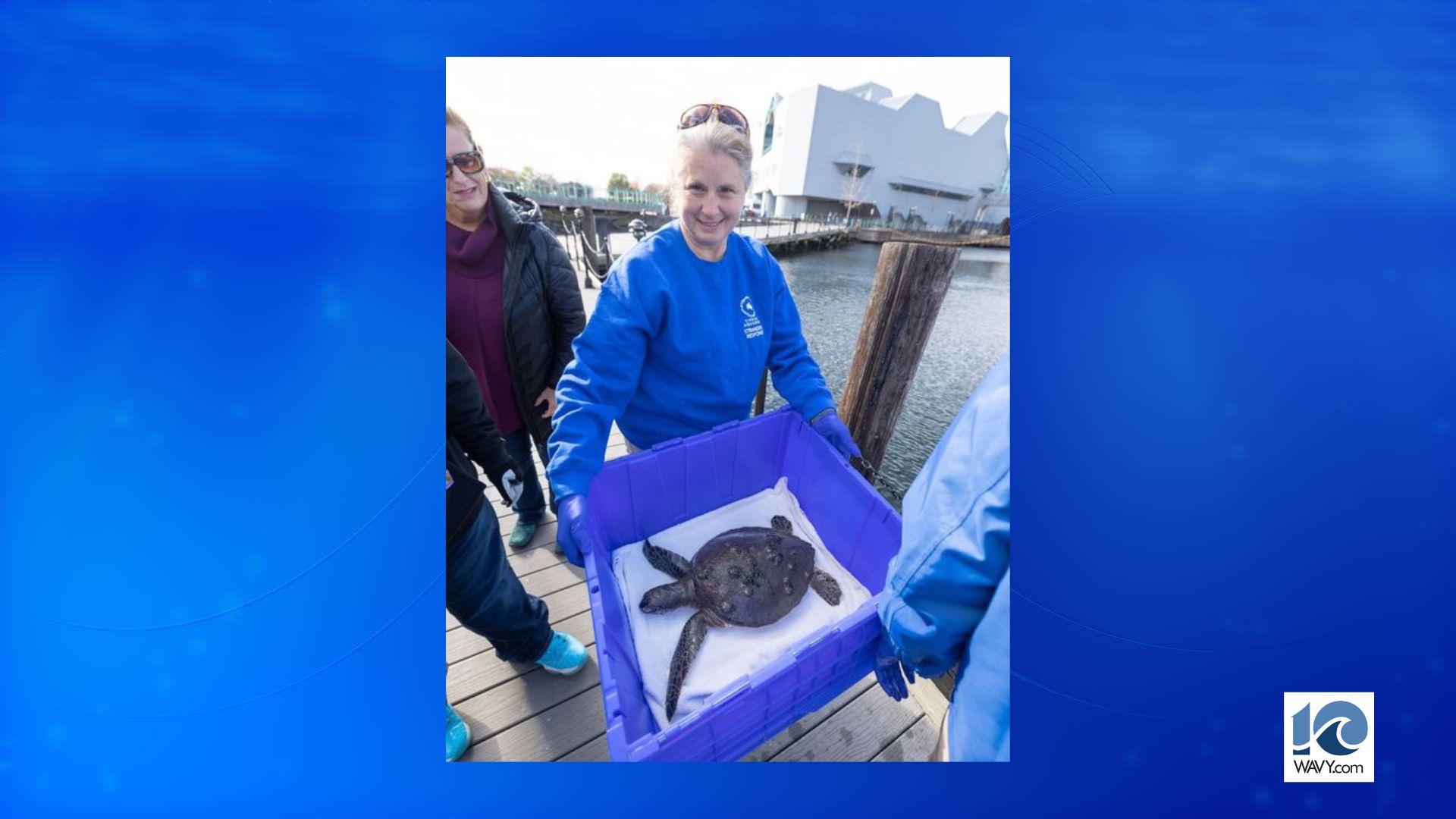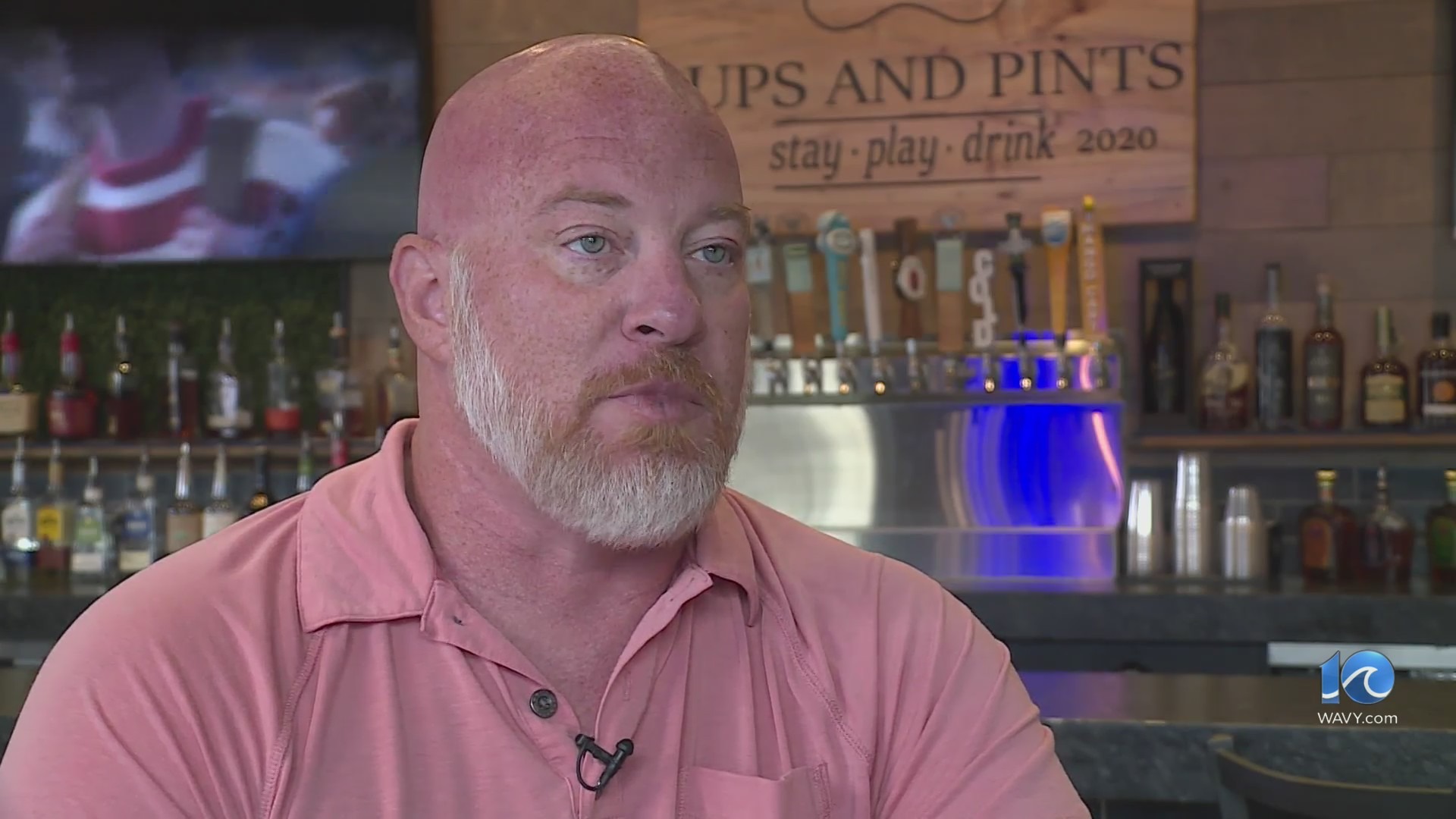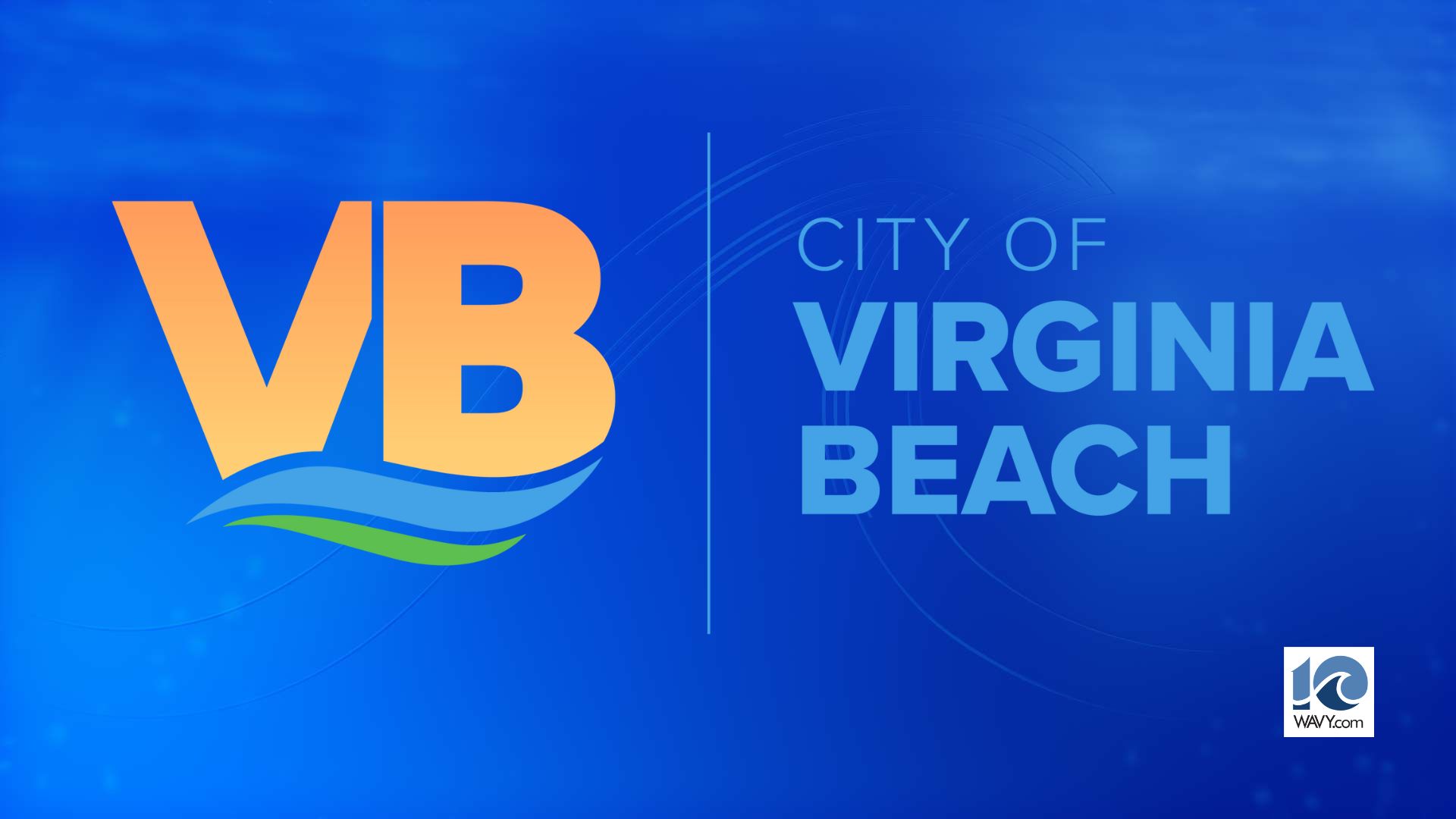CHESAPEAKE, Va. (WAVY) — New ideas have been proposed to help fight sea level rise and mitigate flooding around local bases.
The Hampton Roads Planning District Commission released a study earlier this week highlighting projects they believe can help.
There are twenty two proposed actions for area throughout Norfolk and Virginia Beach that encompass Naval Station Norfolk, Joint Expeditionary Base Little Creek-Fort Story, Naval Air Station Oceana and Naval Air Support Activity Hampton Roads.
10 On Your Side’s Kara Dixon sat down with Whitney Katchmark, who is head of HRPDC’s water resources department.
Katchmark says that the study is important to the area and those who live in it.
“It’s an obvious impact to our community. There’s so many people that work for the DoD and we realize they’re an important part of the economy and community. We realized there wasn’t much communication as we liked, and how sea level rise and flooding in general could impact their military readiness,” she said.
The study mostly focuses on transportation issues and better communication, according to Katchmark.
She says getting people on and off base in the event of flooding is one of their biggest concerns.
The more than 200 page report includes 22 points of action proposed by the HRPDC.
Much of the recommendations are focused on the Hampton Boulevard area near Naval Station Norfolk and Shore Drive between Joint Expeditionary Base Little Creek-Fort Story.
Some of the proposed projects include improving drainage, maintaining existing ditches, enlarging storm water pipes, adding pump stations and raising sections of the roadways of Hampton Boulevard, as well as Shore Drive.
Other ideas include storm surge barriers to the Lafayette River and Pretty Lake as well as floodwall for the Willoughby Bay.
The study also recommended extending the Elizabeth River Trail to Naval Station Norfolk, as well as adding ferry service to the base.
Katchmark says that communication between city employees and those working on base will also need to be improved to help with storm water drains.
She believes the study has brought more attention to problems they knew existed.
“But, we know the details a little better, and we know the military’s priority. It will let the localities set their priorities differently. They’ll have that additional input,” she said.
HRPDC will hold meetings next month for the public to come out and talk about the ideas and concerns.
We will post them a soon as we get them. To view the whole study, click here.








